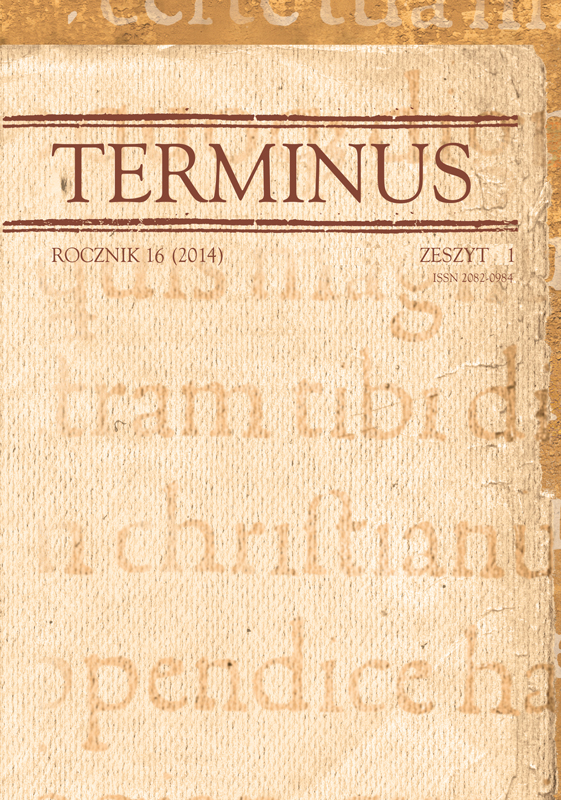Elegijność Foricoeniów miłosnych Jana Kochanowskiego – wzorce Owidiańskie
Jan Kochanowski’s amorous Foricoenia: Ovidian models
Author(s): Francesco CabrasSubject(s): Language and Literature Studies, Studies of Literature, Polish Literature
Published by: Wydawnictwo Uniwersytetu Jagiellońskiego
Keywords: Kochanowski; Foricoenia; Owidiusz; Elegia; Poezja miłosna; epigramat
Summary/Abstract: The purpose of this article is to find Classical references in Jan Kochanowski’s amorous foricoenia, as yet not systematically studied. Scholars have focused on the meaning of the title Foricoenia (Szatyńska-Siemion) or on the ancient references (e.g. the presence of Terence in some epigrams or the translations from Greek, studied by Głombiowska), but have not studied the amorous epigrams as a whole. At the beginning the author indicates some topoi that are common to elegiac poetry (recusatio or the heroes treated like elegiac lovers). Firstly, the author shows that Kochanowski uses elegiac material and topoi in his epigrams, presenting to the reader a little epigrammatic Ars Amatoria, based on Ovid’s model. Secondly, he argues that even when Kochanowski translates epigrams from Greek, he chooses those that are more appropriate to his literary project, i.e. the “elegization” of the epigrams. Conclusions: Kochanowski “elegizes” his epigrams, first of all presenting a small Ars Amatoria, and then writing his texts according to the elegiac tradition, both in terms of topoi and textual imitations. After singling them out, I propose an interpretation of Kochanowski’s choices: I argue that he engages in a long-distance dialogue with Ovid’s Ars amatoria and more in general with the whole ancient amorous-elegiac tradition, which he sometimes denies. I bring forward a few examples, starting from a comparison between Kochanowski’s epigram XVI and Ovid’s Remedia Amoris 501–502 and Ars amatoria I 45–48 (i.e. the hunter caught in his own nets). Epigram V, In paellas venetas, introduces a special Ulys-ses, described as amorous, a lover rather than an epic hero, exactly as Ovid taught for this character. Furthermore, writing epigram LXIX to his friend Torquato, Kochanowski assures him he can make people fall ill with love, as well as cure his friend of such a “disease;” similarly, Ovid teaches how to make people fall in love (Ars amatoria) and how to recover from love (Remedia amoris).
Journal: TERMINUS
- Issue Year: 16/2014
- Issue No: 1 (30)
- Page Range: 39-69
- Page Count: 31
- Language: Polish

